THE LARGEST AND MOST IMPOSING LAKES IN THE WORLD
Added on: 2nd Jul 2016
LAKE BALKHASH
6,300 MI²
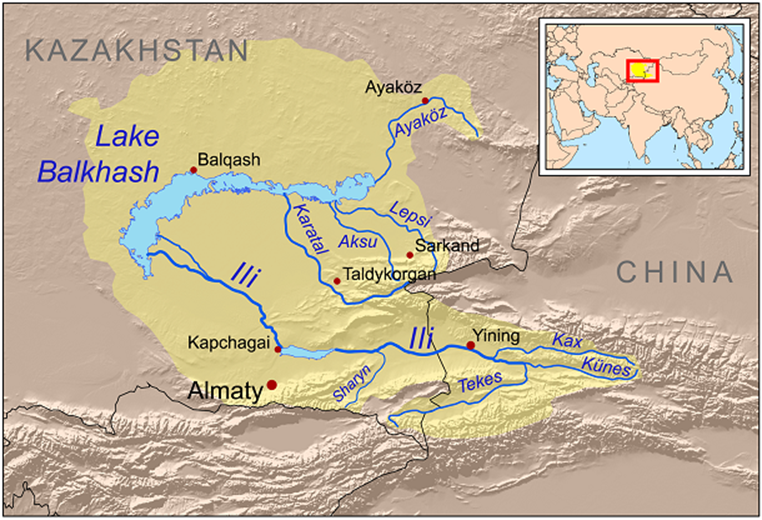
Kazakhstan’s Lake Balkhash is generally frozen during four
months of winter. Located in one of the driest watersheds in
the world, the lake does not flow into any ocean.
Lake Balkhash has seen many of its native fish species
decline due to non-native fish species.
ARAL SEA
6,626 MI²

One of the most decimated lakes on the planet, the Aral Sea
is a prime example of the effects of environmental degradation
on an ecosystem. The lake has lost over 70% of its surface area
and over 90% of the water flowing into it. The resulting increase
in salinity coupled with the introduction of non-native fish and
open-air biological weapons testing on its largest island have
turned the Aral Sea into a near-environmental wasteland. (
The picture shows the Aral Sea in 1989 (left) and 2004 (right).
LAKE LADOGA
6,800 MI²
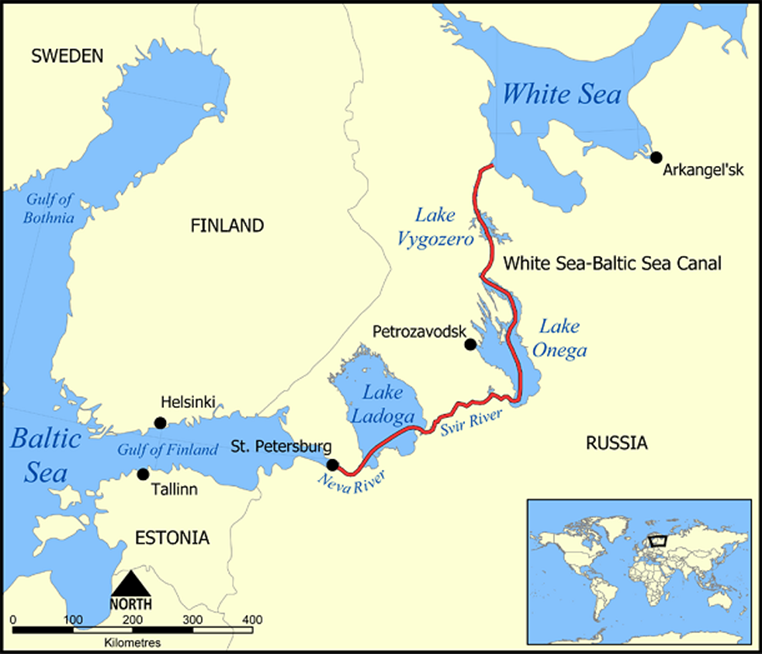
Just to the east of St. Petersburg, Lake Ladoga is by-far the
largest lake in Europe, almost twice the size of its closest rival.
A lake of glacial and tectonic origin, Lake Ladoga has served
as an important trade route for thousands of years and has
been hotly contested by Russians, Swedes, and more. Thrill
seekers will love the Lake Ladoga Challenge, “the world’s
biggest 4×4 adventure”. Teams in 4x4s race and trudge
around the lake’s 745 miles (1,200 km) terrain of bog,
river crossings, and rocks as big as the cars.
LAKE ONTARIO
7,340 MI²
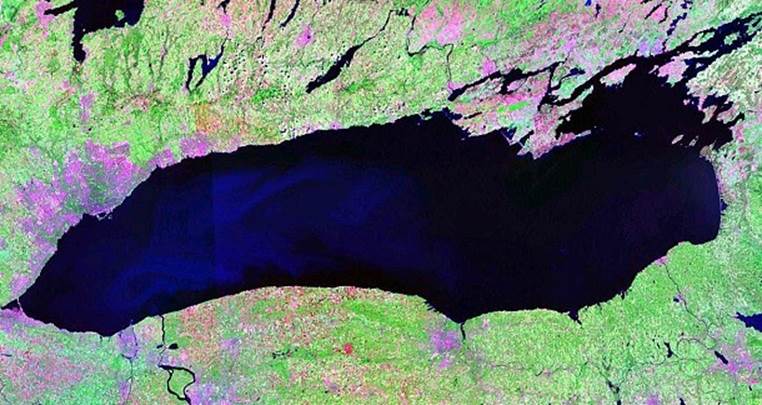
The furthest east of the Great Lakes, Lake Ontario is also the
smallest of the group. However, its depth means its water
volume is almost four times greater than Lake Erie, its primary
water source (80%) via the Niagara River. Over a mile of ice
pushed down on the area a few thousand years ago, compressing
the land. When the ice receded, Lake Ontario was originally a
bay, but its rebounding of around 12 inches (30 cm) per century
mean that its level has since been rising and it has since
been flowing out into the Atlantic Ocean.
LAKE WINNIPEG
9,465 MI²
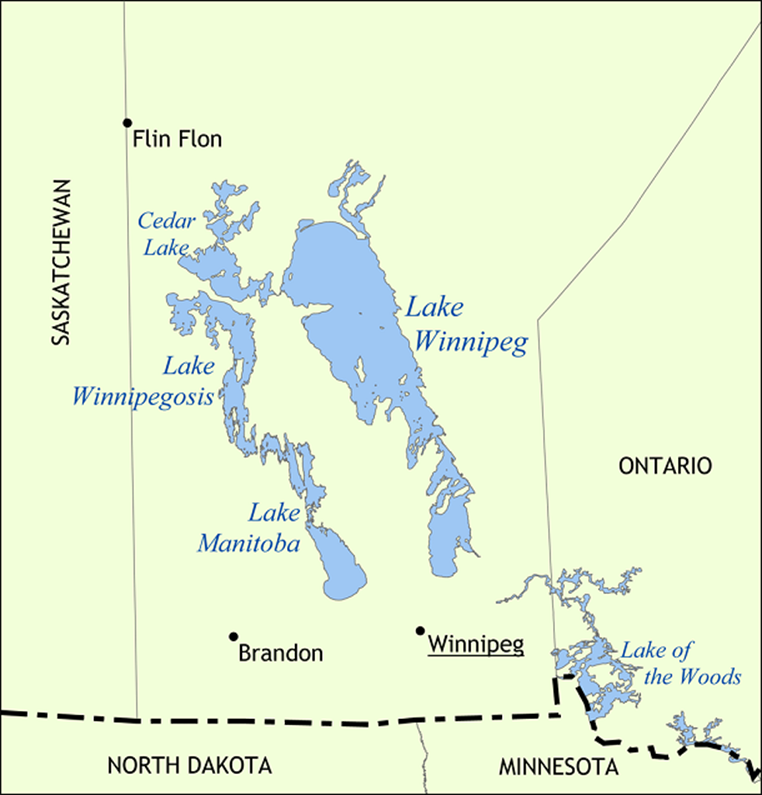
Lake Winnipeg used to be a part of the ancient glacial Lake Agaziz
before glaciers receded in northern North America from 12,000 to
8,000 years ago. The 12th largest lake in the world by area,
Lake Winnipeg has a massive catchment area, bringing in water
from an area over 20 times its size. A large UNESCO biosphere
reserve and World Heritage Site has been proposed for a section
the size of Denmark on the lake’s eastern shore. The area
would be a new site for First Nations peoples
(Canada’s Native American population).
LAKE ERIE
9,910 MI²

Though it’s the smallest of the Great Lakes by volume Lake Erie
has the most densely populated shores and watersheds of all
the lakes. Understandably, erosion and toxic dumping from
surrounding industries threaten the water quality of the lake.
The lake is drained by the Niagara River which leads to the
popular tourist attraction, Niagara Falls, on its eastern edge.
GREAT SLAVE LAKE
10,502 MI²
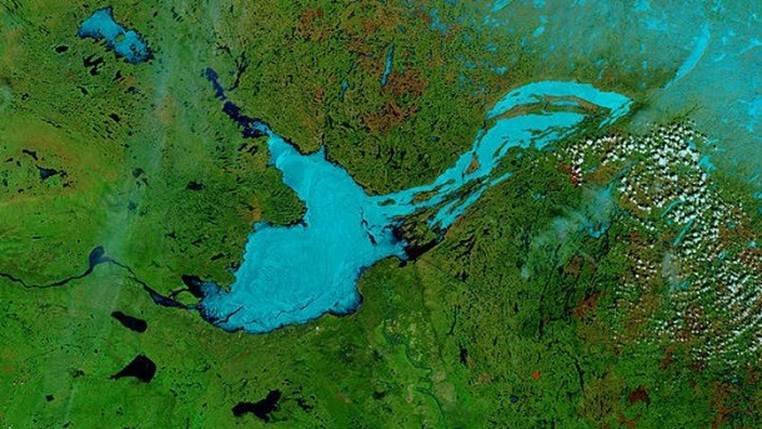
North America’s deepest lake, Canada’s Great Slave Lake drains
through the MacKenzie River north into the Arctic Ocean. The
lake is named after the Slavey First Nations people living on the
lake’s southern edges. During winter, the frozen lake is an
important ice road.
LAKE MALAWI
11,400 MI²
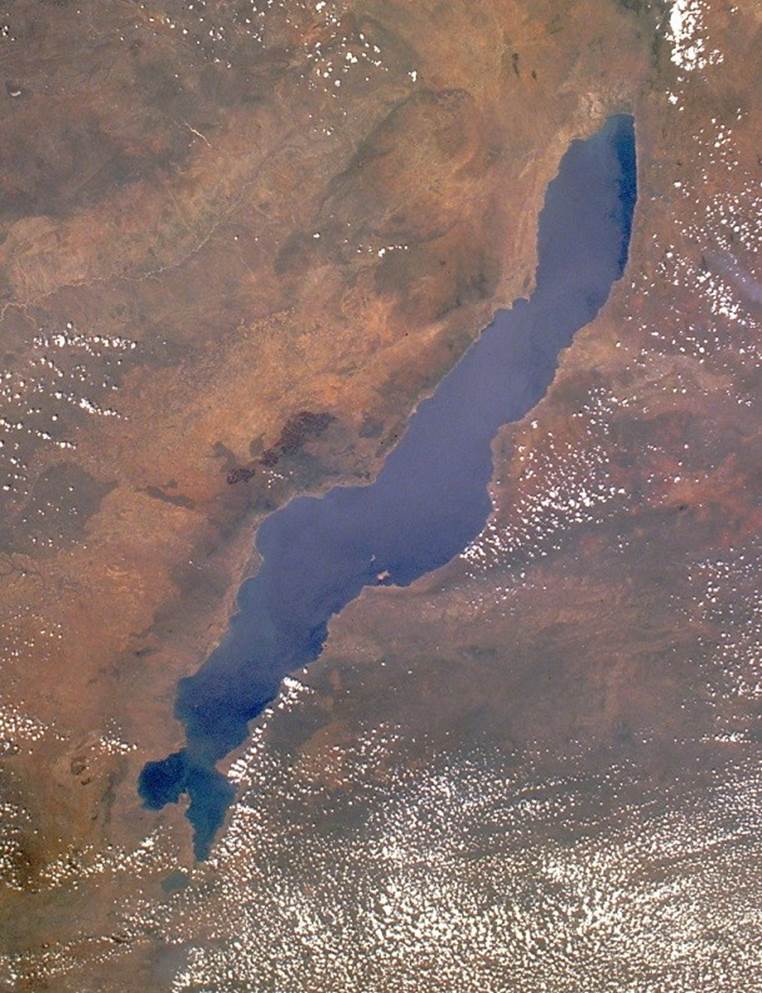
Sometimes referred to as Lake Nyasa or Lake Niassa, south eastern
Africa’s Lake Malawi is likely the most diverse lake on Earth for
its fish species. An important resource for the people in
bordering Malawi, Mozambique, and Tanzania, the lake is
constantly threatened by agricultural runoff and fires built
around its shores to burn off vegetation.

Comment on this